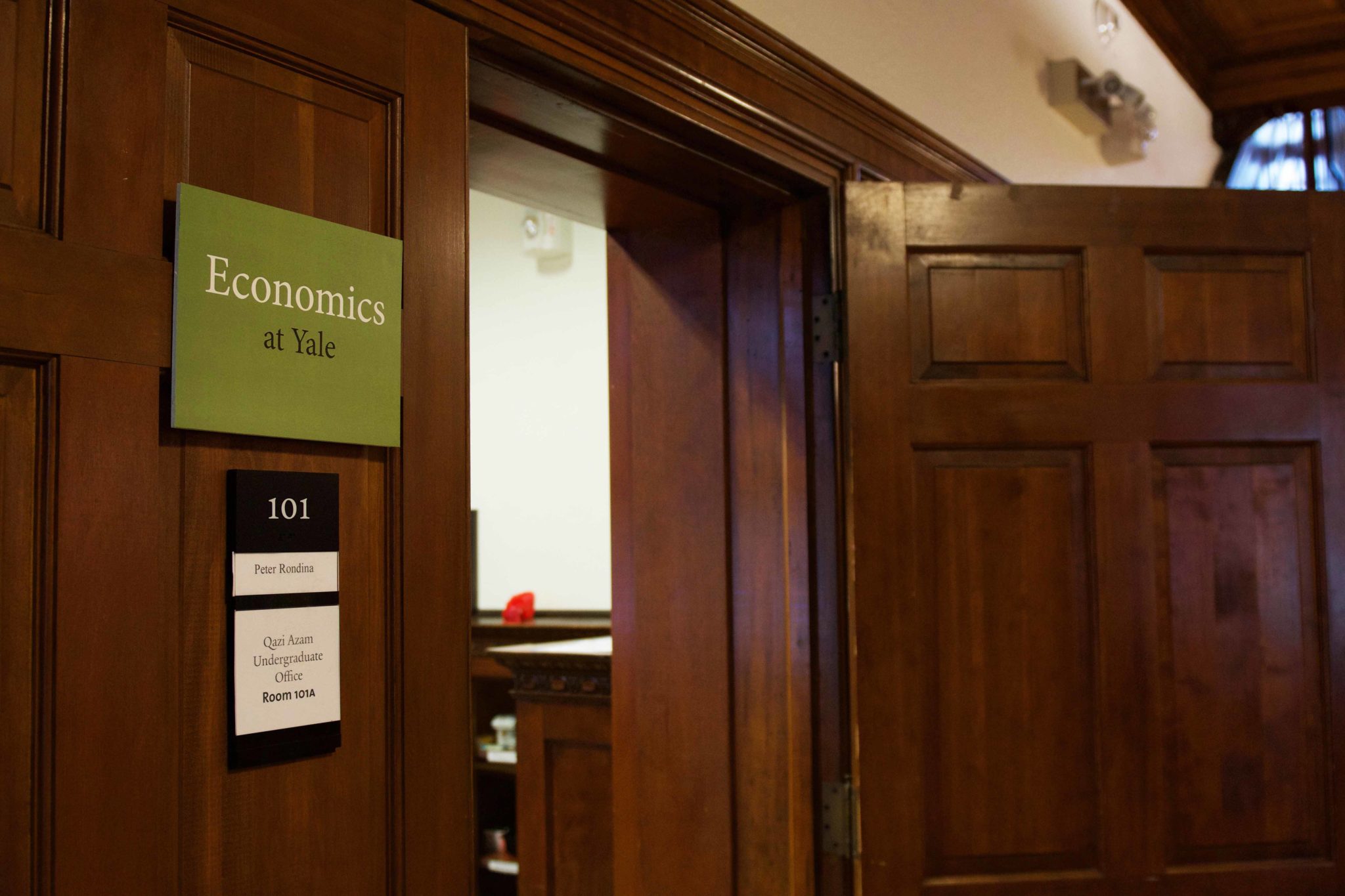
David Zheng
First-year Yale architecture students will return to Newhallville for the first time in six years to build and design a duplex to be used as affordable housing.
The Jim Vlock First-Year Building Project gives new Yale School of Architecture students the opportunity to create affordable housing in the Elm City. Three years ago, it signed a five-year deal to collaborate with local homelessness non-profit Columbus House on the annual project. The 2020 structure will be the fourth iteration of the collaboration.
This year’s proposal marks the first time that Yale architecture students will return to the neighborhood since 2013, when then-architecture professor Paul Brouard was mugged and knocked unconscious. That year’s structure in Newhallville was not completed by Yalies after the University could guarantee their safety at the site. Also new for 2020, the project will build one duplex on an interior lot at 486 Dixwell Ave., and Columbus House will construct a single-family home on the adjacent narrow lot at 324 West Division Street. Project supervisors presented the preliminary plans for the lot at the monthly meeting of the Newhallville Community Management Team in the cafeteria of Lincoln-Bassett School at the end of November.
“[The program] is a really valuable vehicle for learning for the students,” faculty supervisor Adam Hopfner told the News in an interview. “Both from a sort of a technical perspective in terms of understanding how buildings actually go together and what forces come to shape the building beyond Architecture design. We’re actually trying to see how architecture and design processes can contribute to dealing with some of the societal issues.”
The 2020 project will mark the 53rd consecutive year that first-year architecture students have drafted a structure or building as a part of their graduate education — an experience that is unique to Yale among peer architecture programs. Many of those structures have been completed in New Haven as affordable housing. Each spring, all first-year students in the architecture school’s M.Arch 1 program take the building project class and submit schemes in teams early in the semester. From there, one scheme is chosen and students spend the rest of the semester working in new teams on the full development of that scheme. Hopfner and the students plan to break ground by May and finish construction by August.
More recently, the project has developed partnerships with local non-profits focused on affordable housing like Habitat for Humanity, Neighborhood Housing Services, Common Ground and Neighborworks New Horizons. Now, as a part of the program’s relationship with Columbus House, the buildings on the two lots will be owned by Columbus house and occupied by the non-profit’s clients. Hopfner himself has been consulting pro bono for the 324 West Division plan, but the first-year students will not be involved in the building and design of the single family home there. They are only focused on the planned duplex up for rental on the interior lot.
“[The project] is symbolic. It’s a great thing for the architecture school,” Columbus House Board Member Ben Ledbetter told the News in an interview. “The students get involved not just with hands-on building and seeing something from start to finish, but they really get involved in work that is socially relevant.”
The last time the Vlock project tried to build in Newhallville, Yale pulled out of the neighborhood due to security concerns after Brouard was assaulted one morning near the build site at 32 Lilac Street. Hopfner discovered him lying unconscious on the sidewalk. At the time, Yale Police Chief Ronnell Higgins said that the University could not guarantee the safety of students and faculty at the site. So, the students pulled up the foundation and moved to an alternative site at 116 Greenwood Street in West River neighborhood. Later, Neighborhood Housing Services finished building a house on the site in Newhallville.
According to Hopfner, the project is returning to Newhallville because the shape and placement of the lot presents a design challenge for the first years.
Hopfner said that he held a meeting with the immediate neighbors of the currently empty properties prior to the Nov. 26 Newhallville CMT meeting. About a dozen neighbors showed up to share concerns and listen to the proposal. In the end, those community members gave the project their blessing.
At the CMT meeting, Ward 21 Alder Steve Winter ’11 noted the current status of 486 Dixwell as an illicit dumping ground in the neighborhood. Winter has been collaborating closely with Ledbetter and Hopfner to secure approval for the plans.
Newhallville CMT Chair Kim Harris declined to comment on the plan, saying that she did not “have information to make a comment.”
As the specific plans crystallize over the semester, students will need to secure the necessary permits and approvals from the engineering and building departments of the City of New Haven. Students must also design within the relevant zoning code, as the project does not have enough time to go through a Board of Zoning Appeals process.
The first-year building project was founded in 1967 by then-department head Charles W. Moore.
Jose Davila IV | jose.davilaiv@yale.edu







